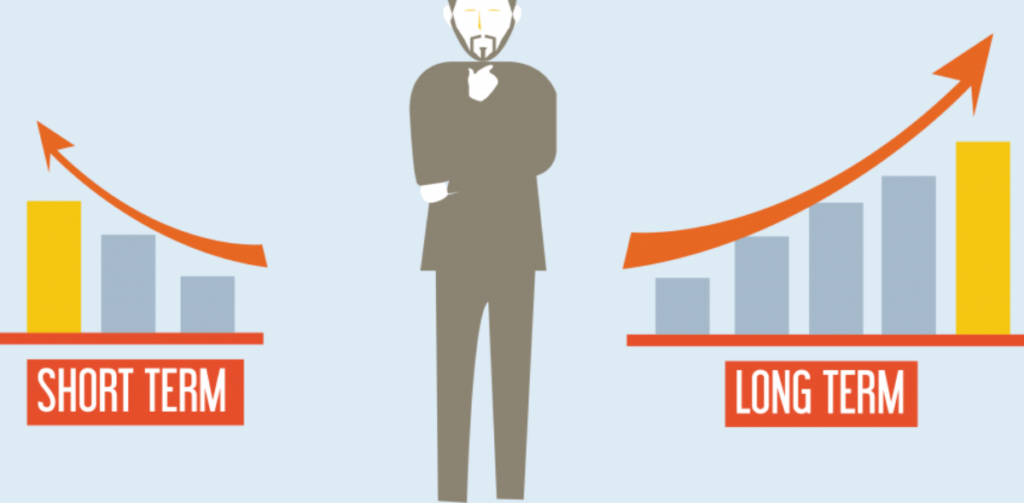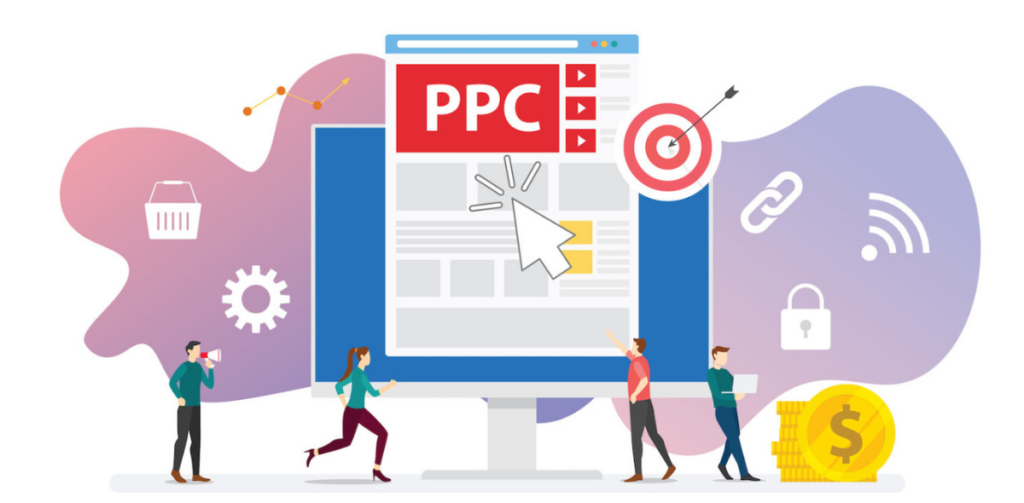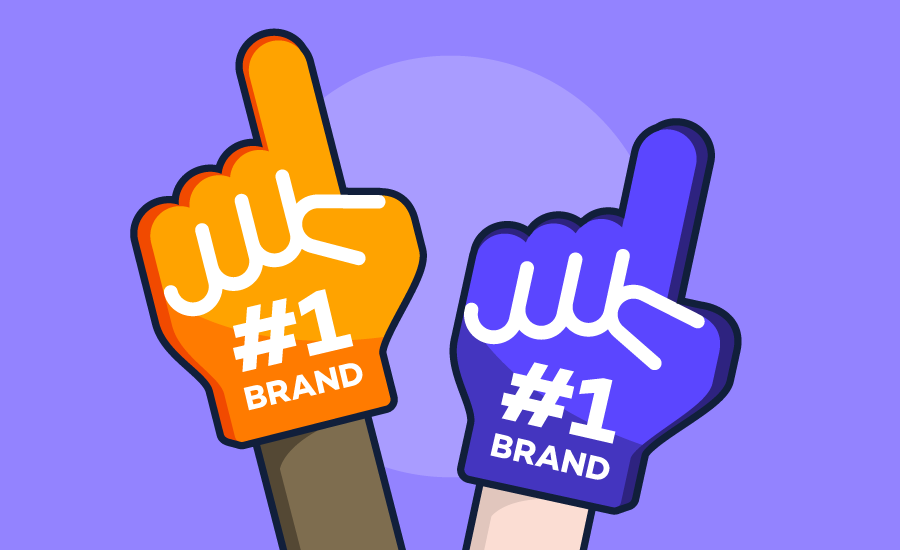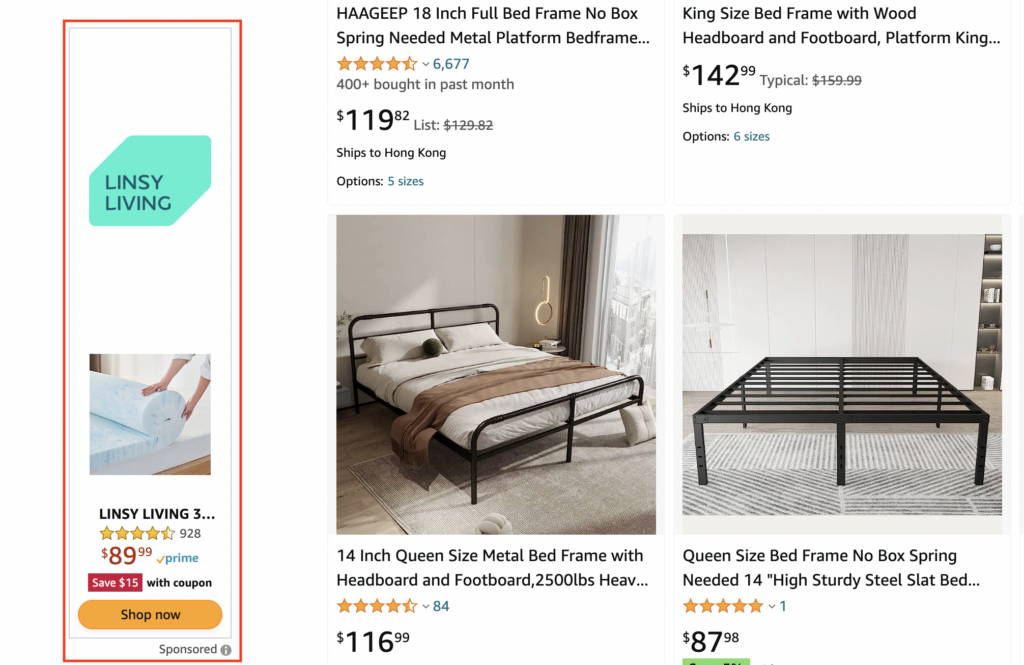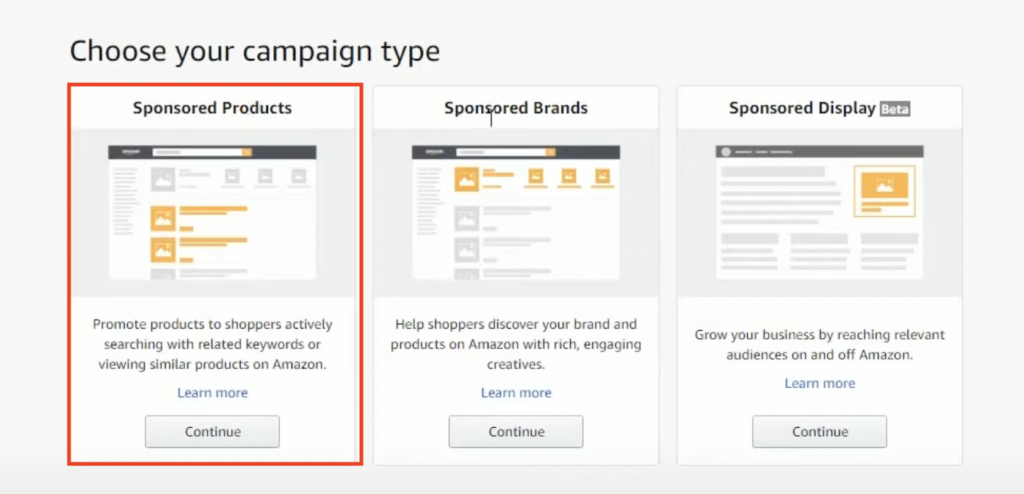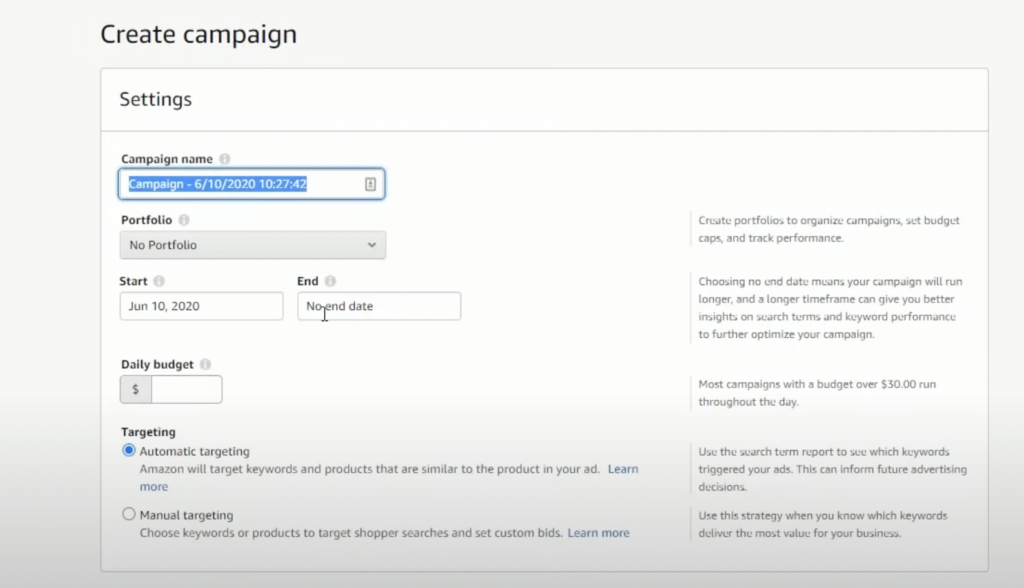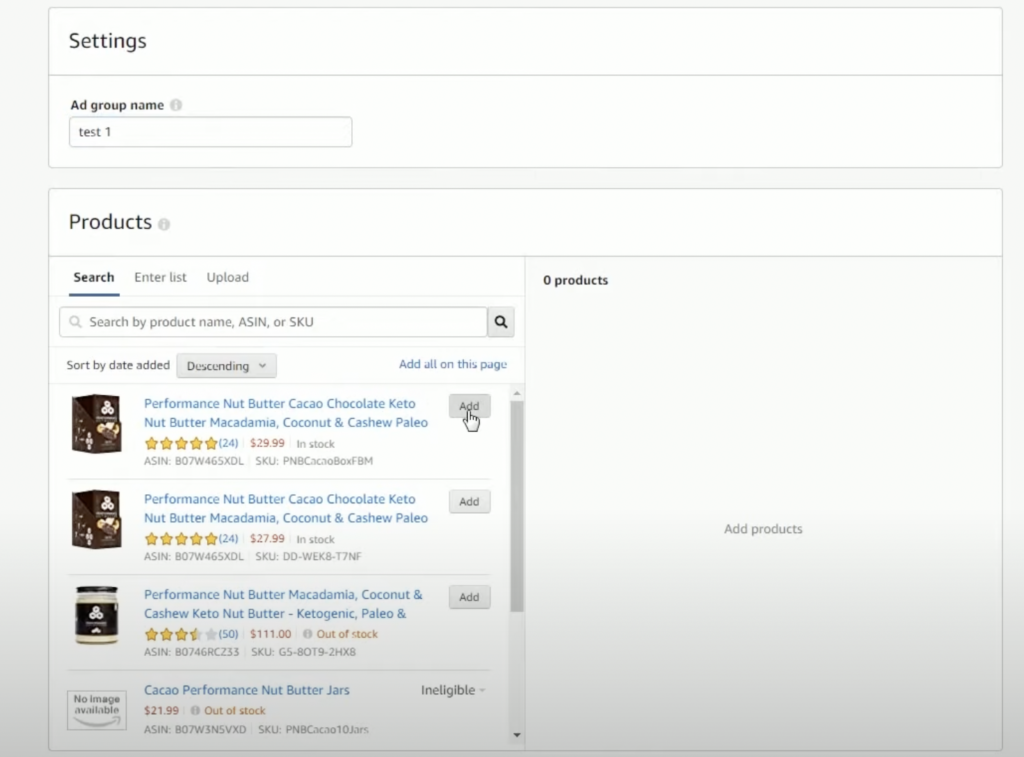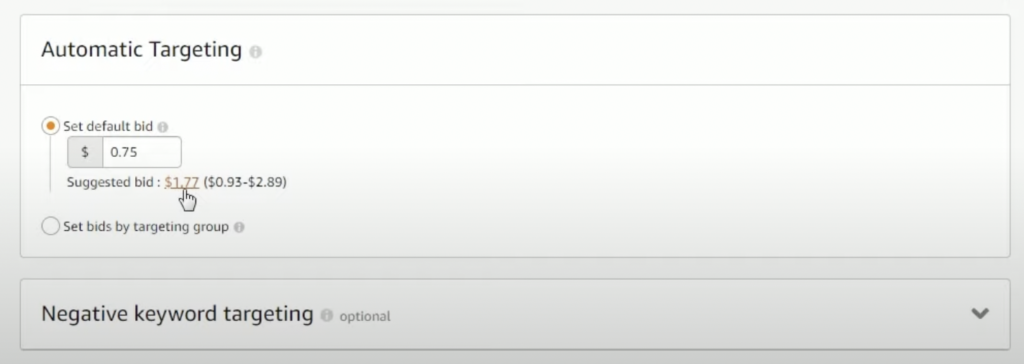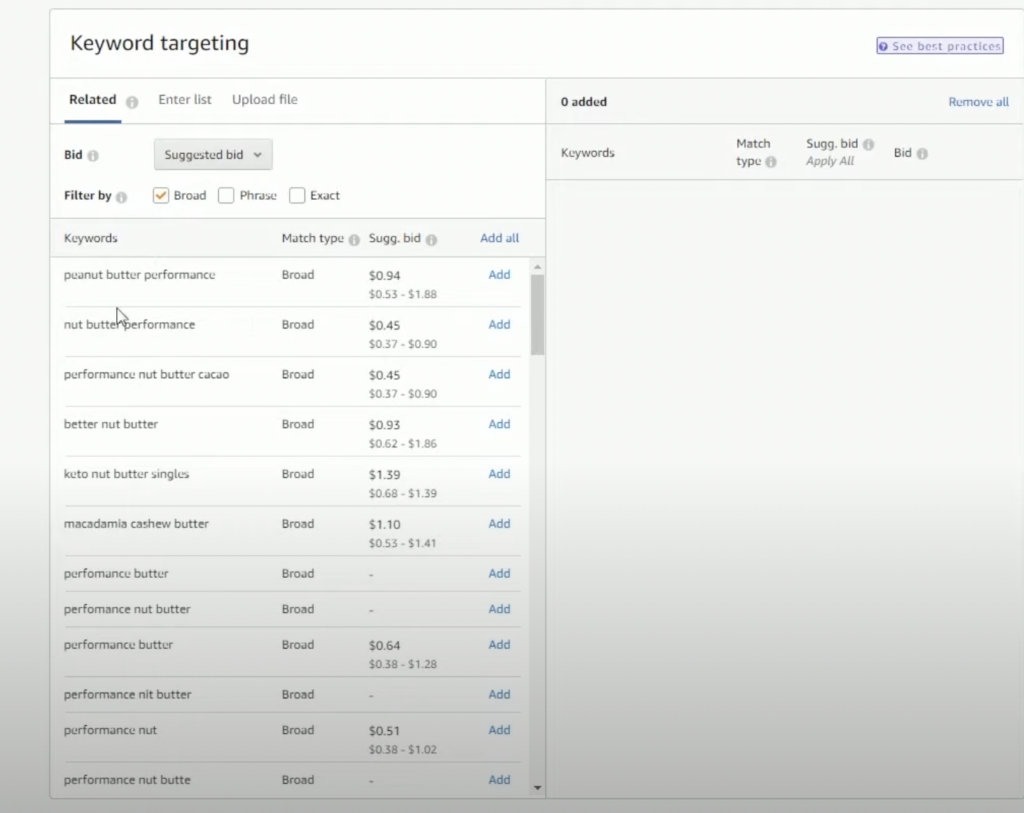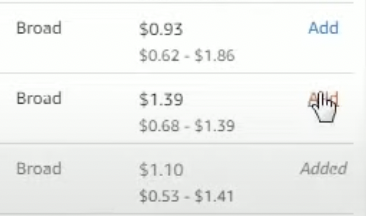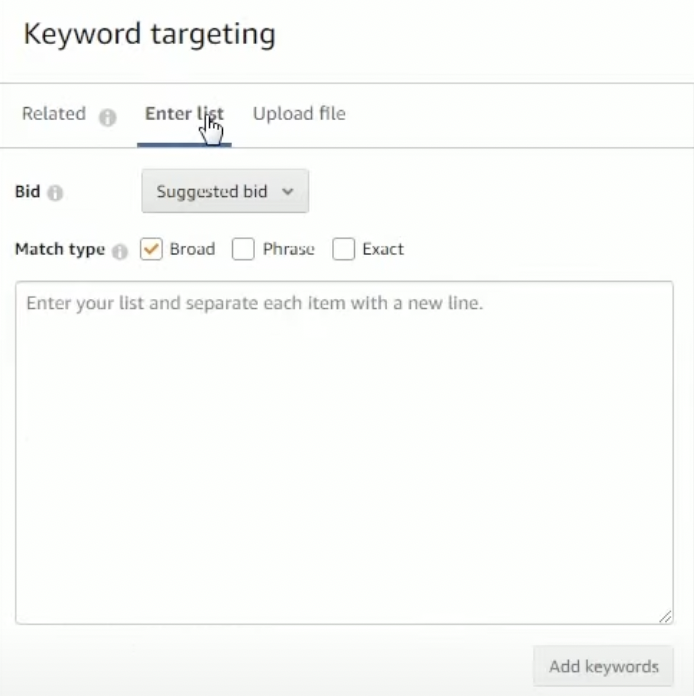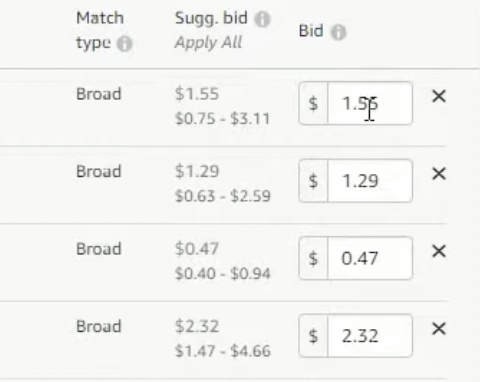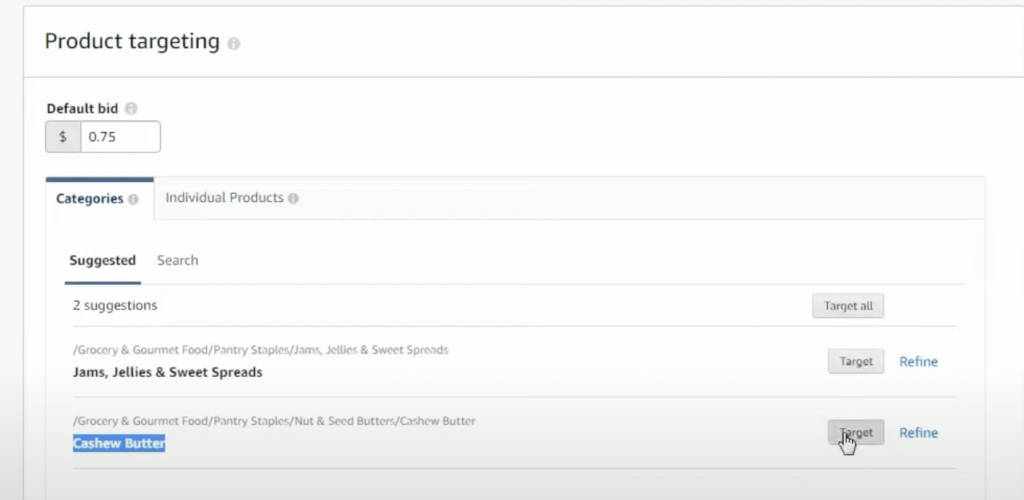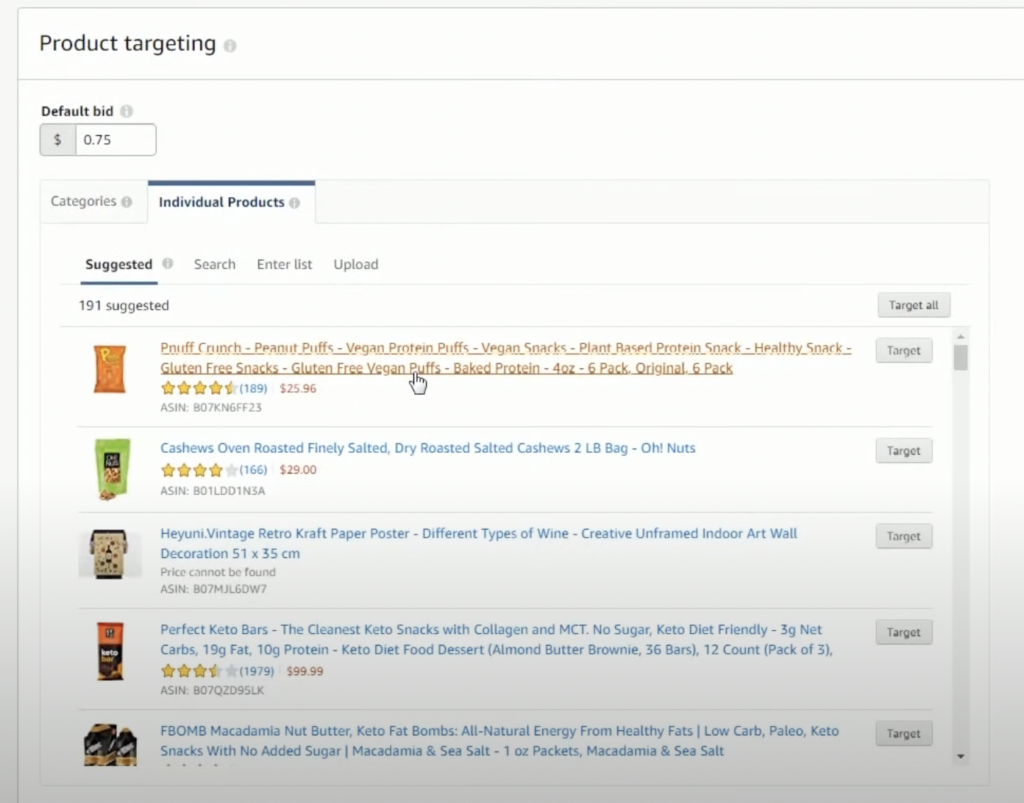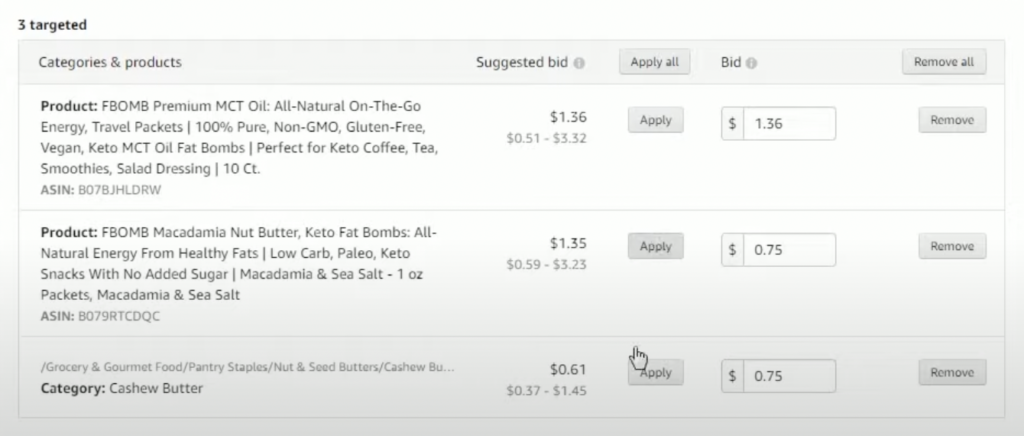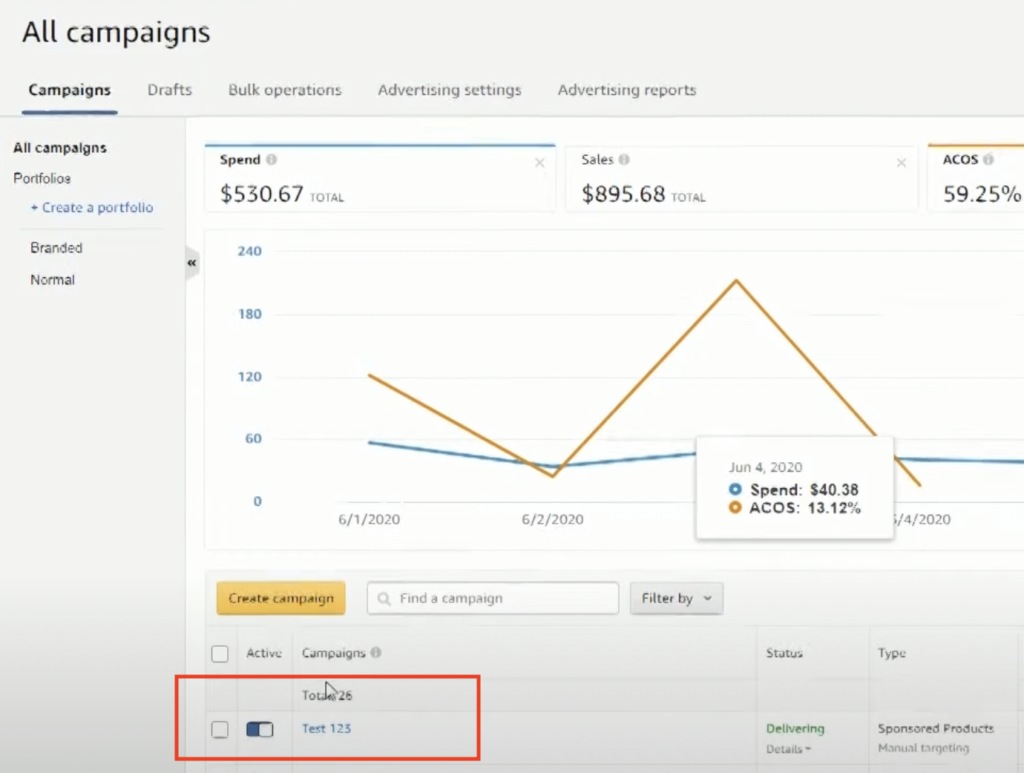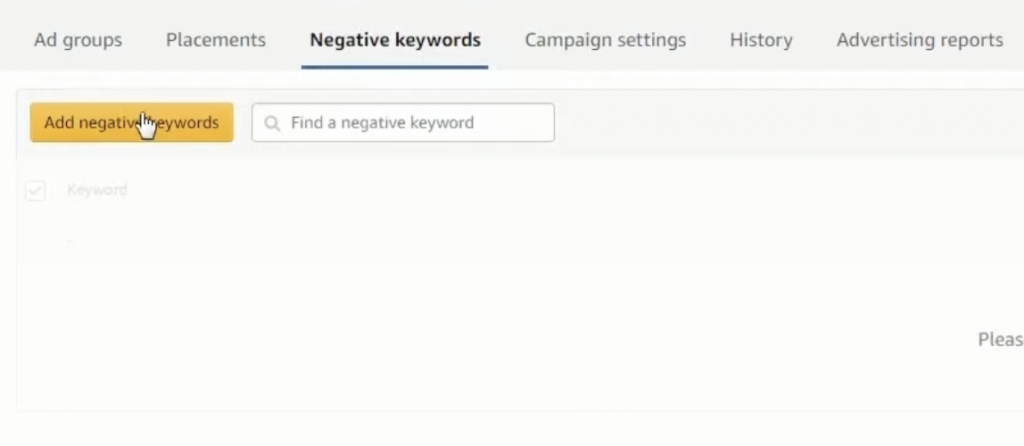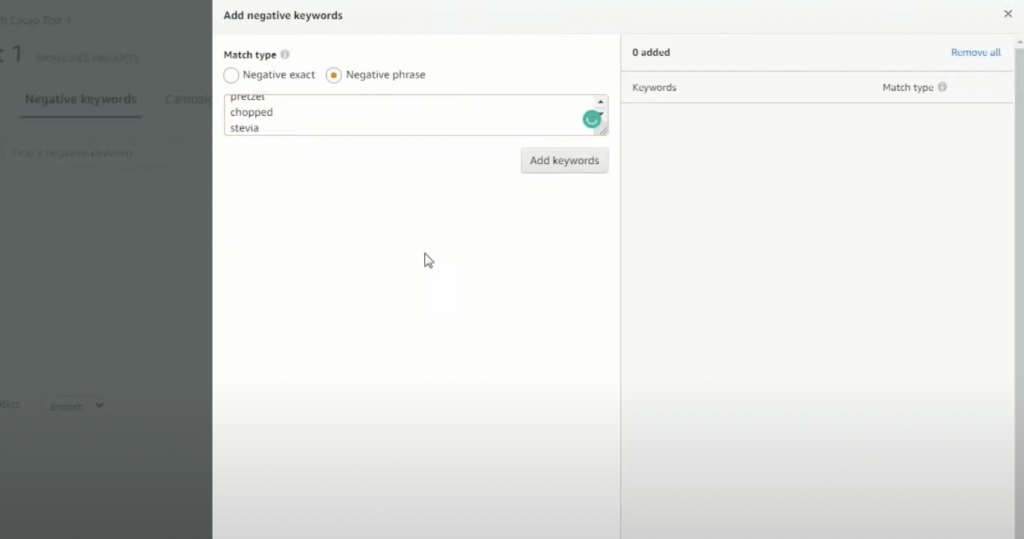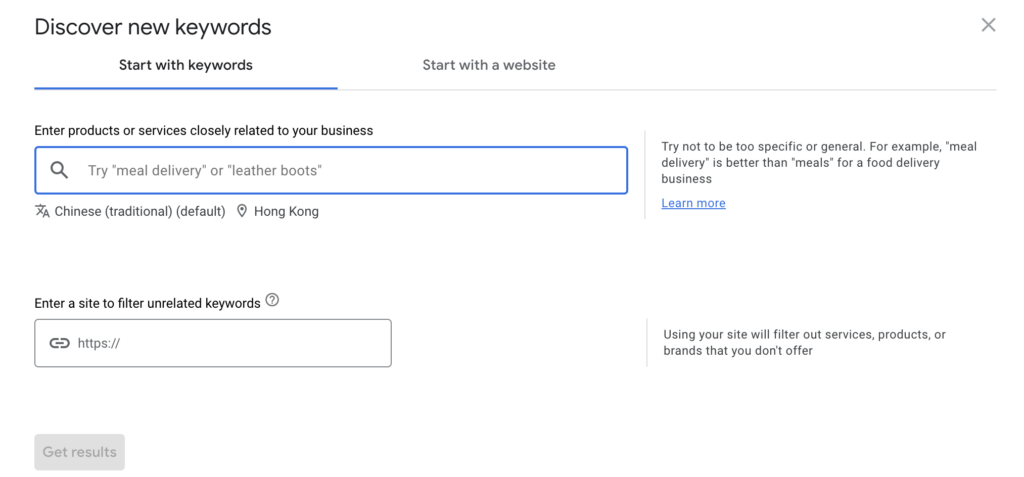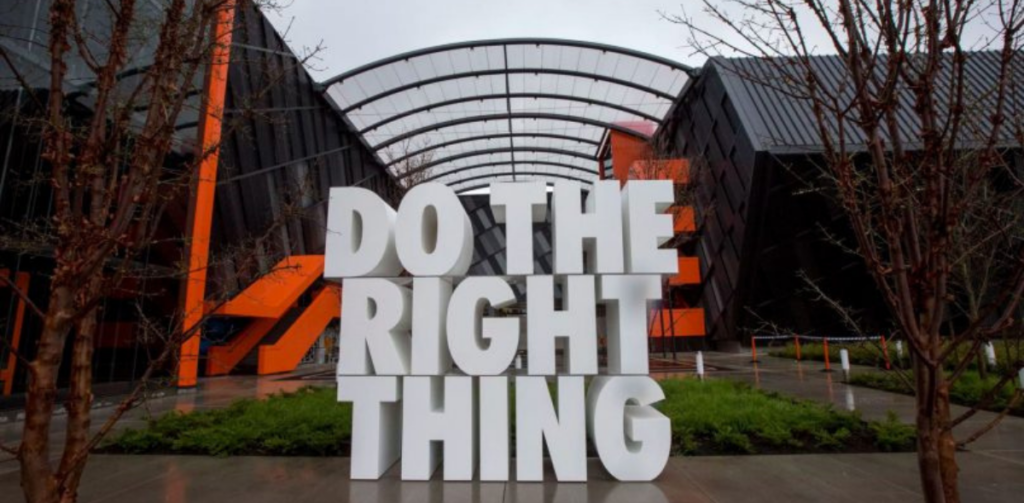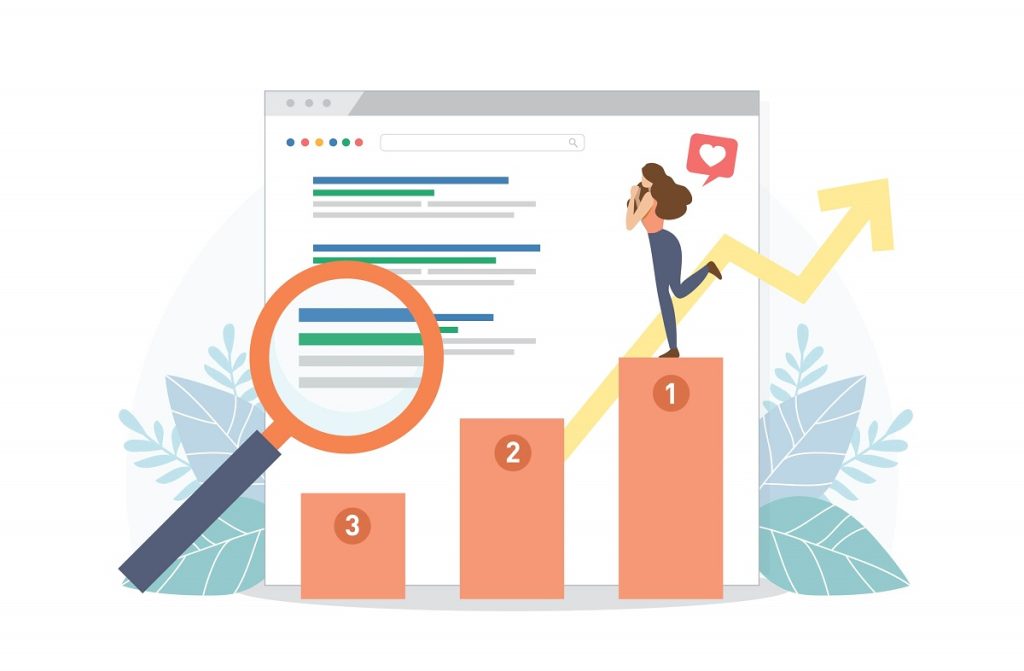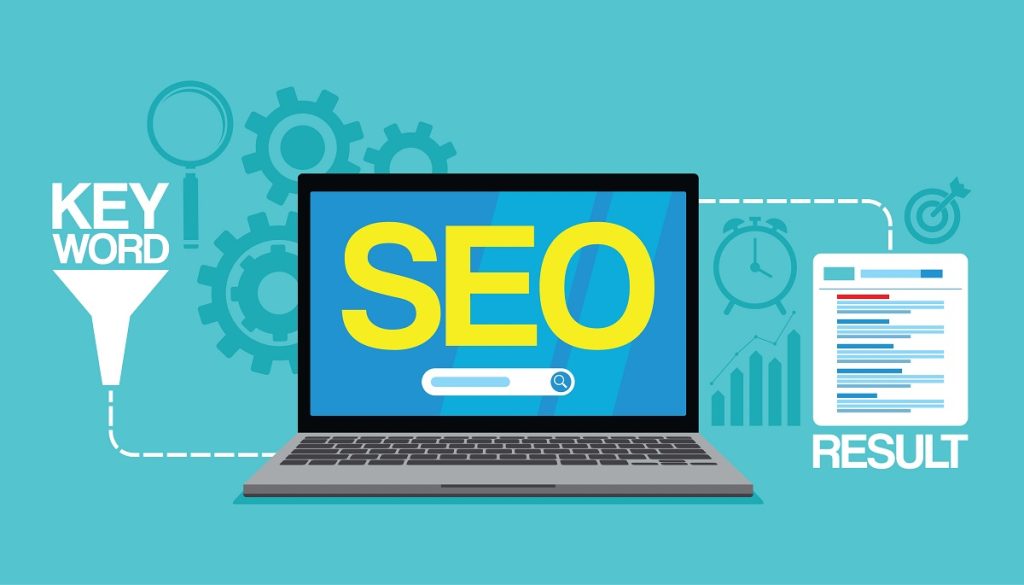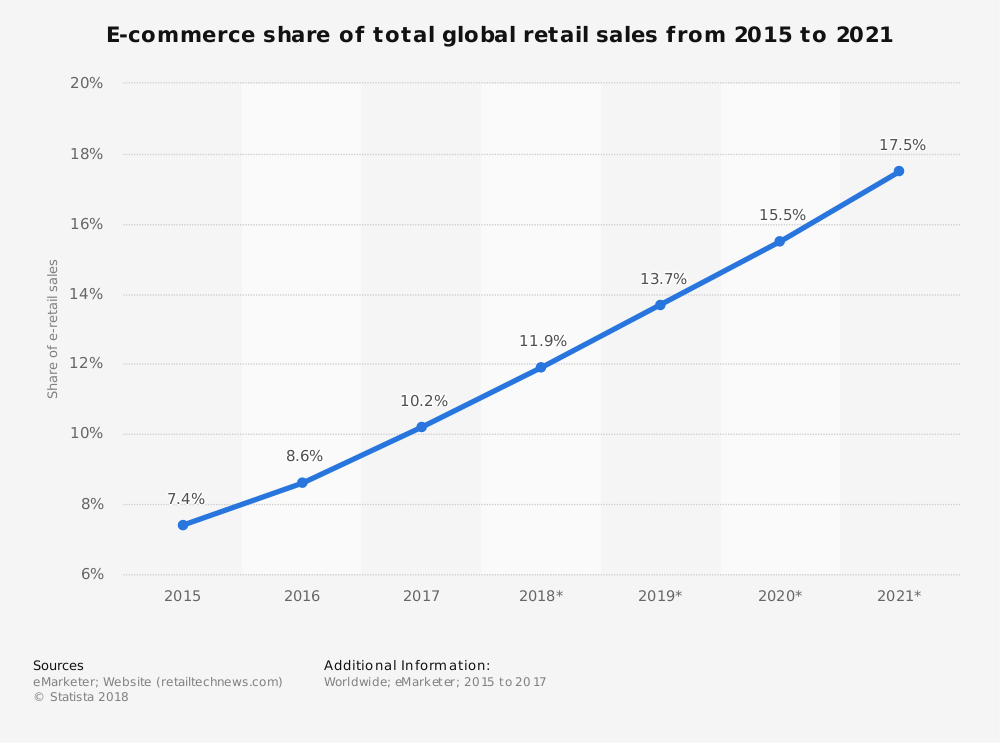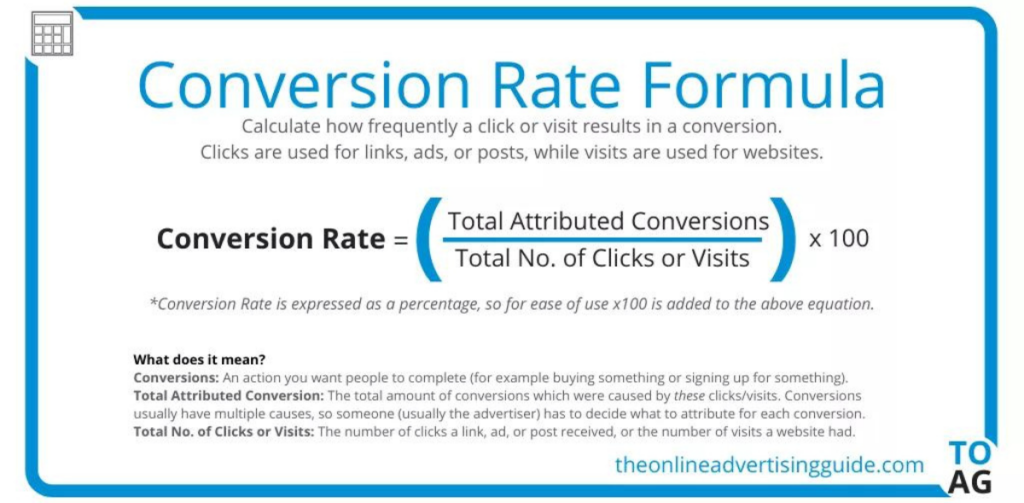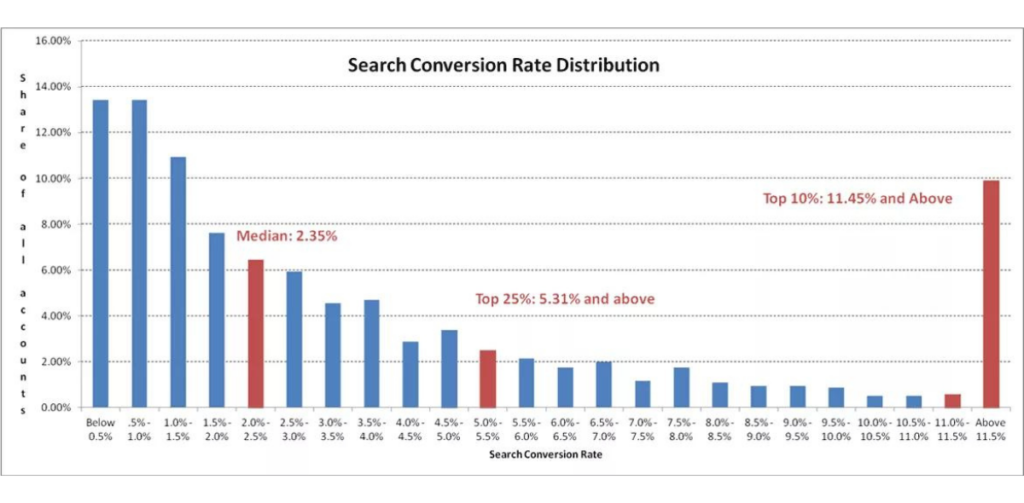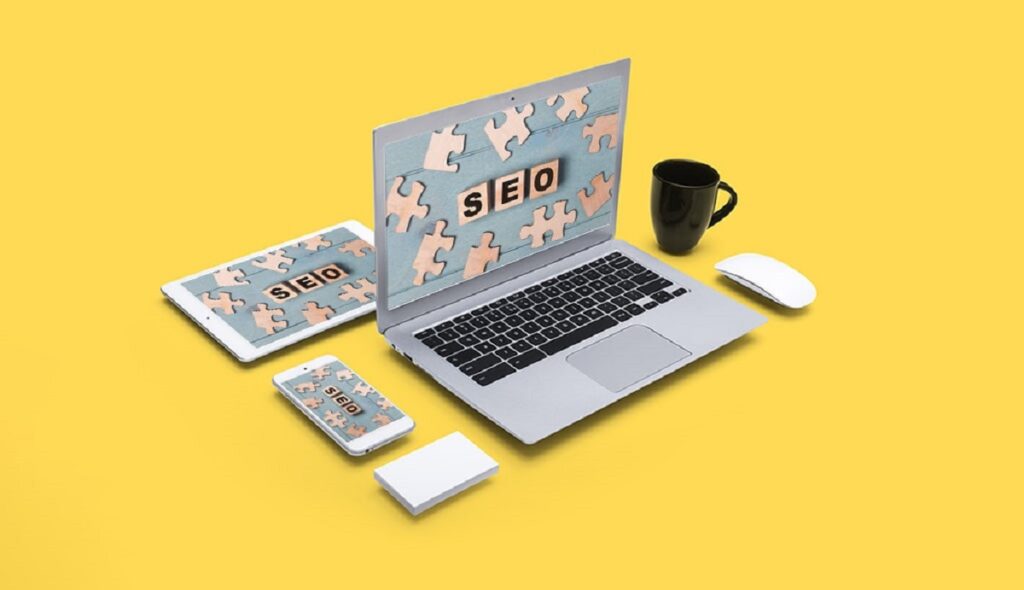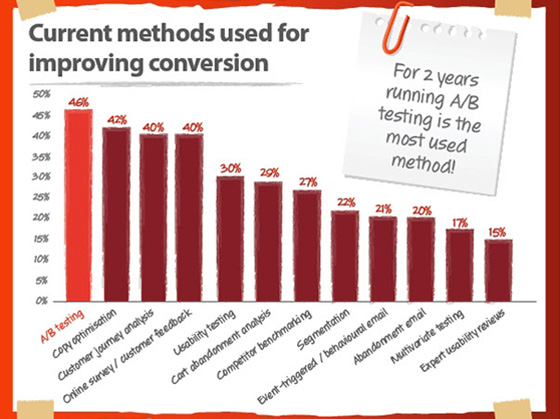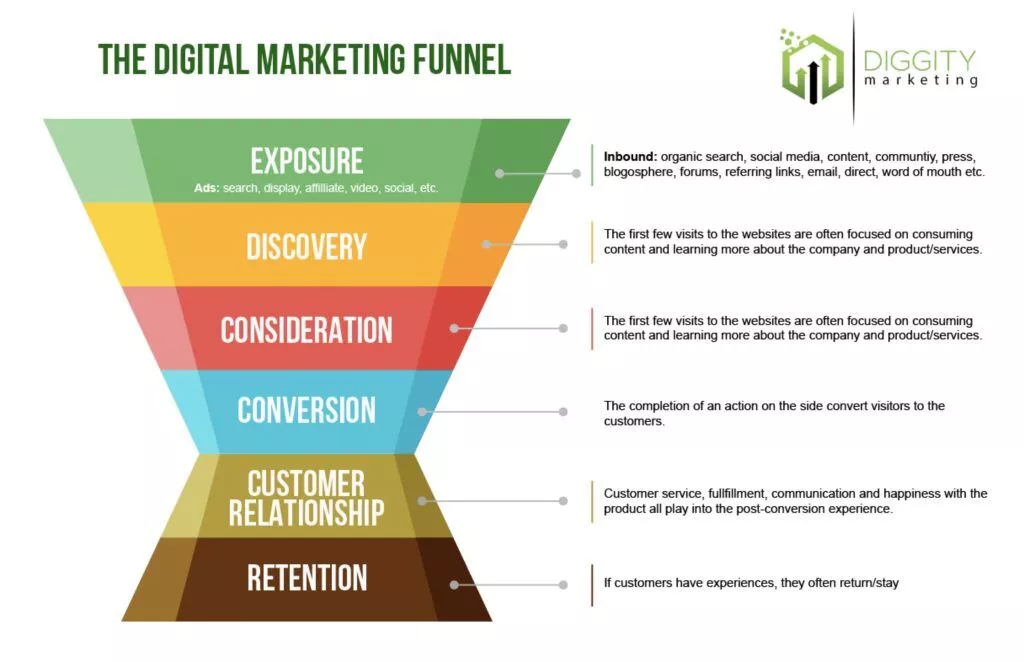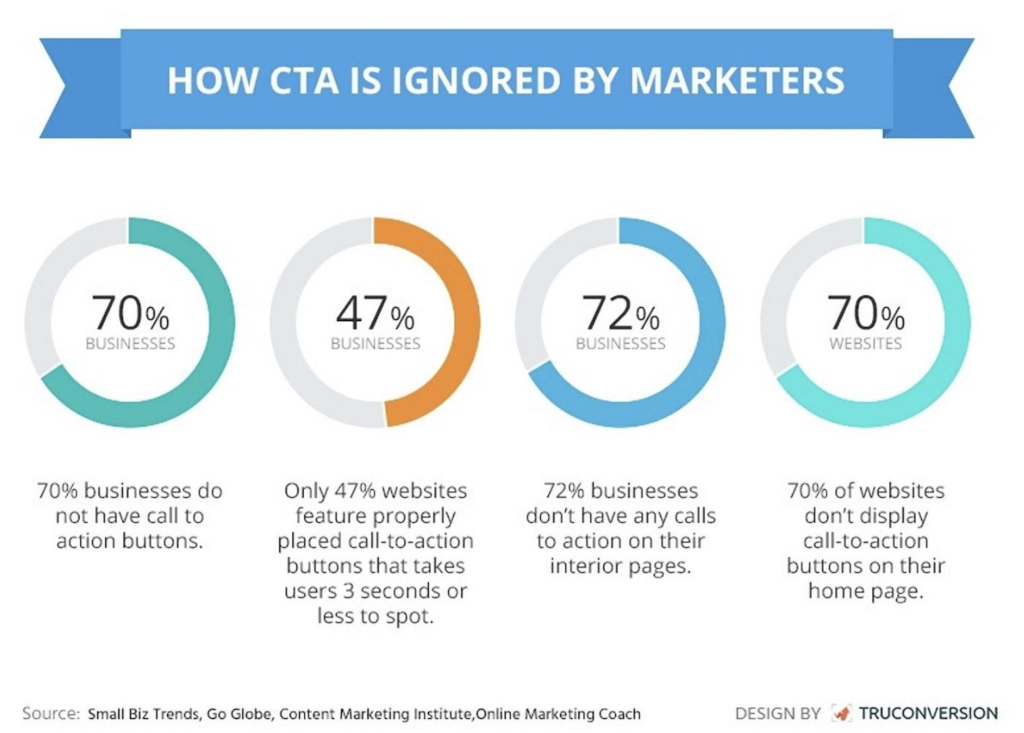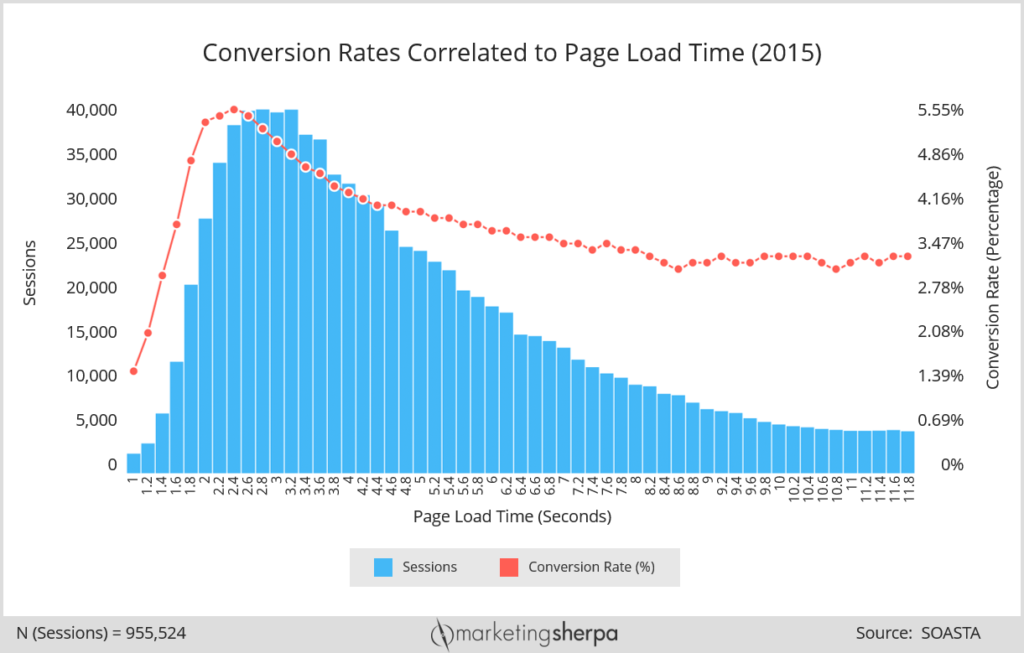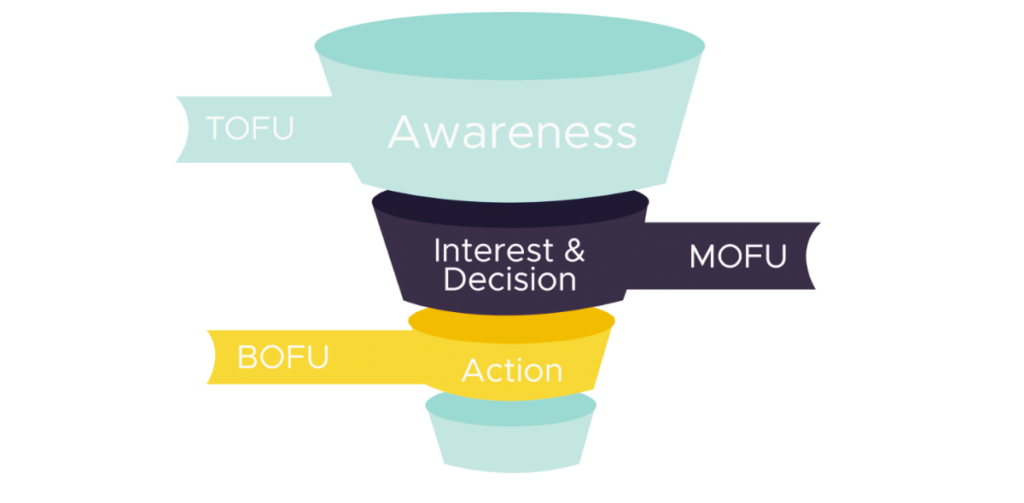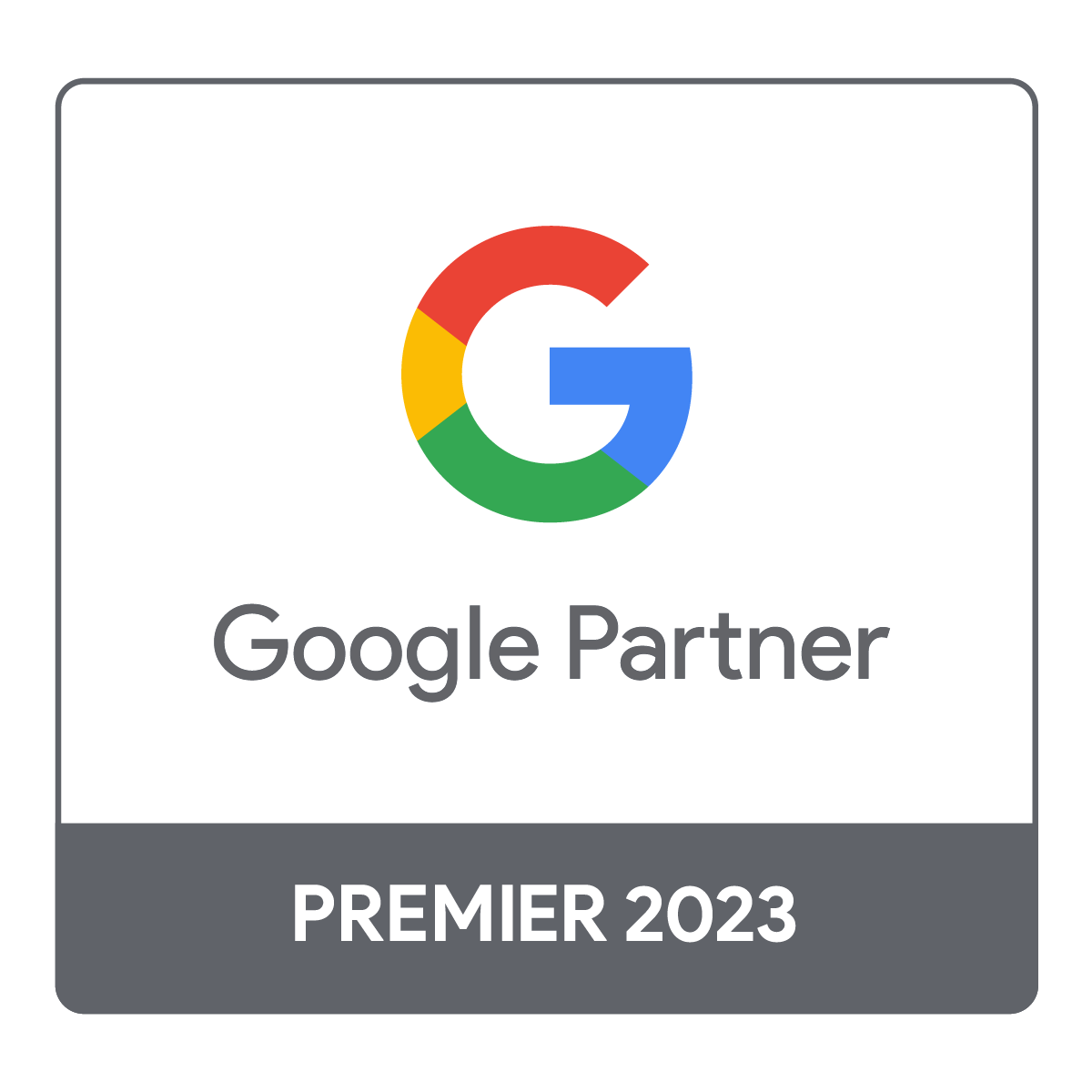Summary
SEO keyword research is a critical component of SEO, involving the identification and strategic use of search terms to improve content visibility on search engine results pages. This article delves into the methods and importance of keyword research, from understanding its evolution and fundamentals to implementing advanced techniques and continuously adapting for maximum impact and visibility.
Key Takeaways
- SEO keyword research has evolved from focusing on algorithmic manipulation to prioritizing search intent and user experience.
- Effective keyword research is based on understanding your audience’s search habits and aligning your content with their needs.
- Strategic keyword implementation must balance on-page SEO with natural language to ensure readability and search relevance.
- Advanced keyword analysis leverages SEO tools for discovering new opportunities and understanding keyword competitiveness.
- Ongoing research and adaptation are essential for sustaining success and outranking competitors in the ever-changing SEO landscape.
Table of contents
The Evolution of SEO Keyword Research

From Algorithmic to Intent-Focused Strategies
We have witnessed a transformative shift in SEO keyword research, moving from a purely algorithmic approach to one that prioritizes user intent. Modern SEO focuses on quality content over keyword stuffing, aligning closely with the evolving expectations of search engines and users alike. Understanding user behavior and providing valuable, organic content is key to success.
In the past, SEO strategies heavily relied on keyword density to rank pages. Today, we recognize the importance of considering search intent, which falls into categories such as informational, navigational, transactional, or commercial. By tailoring content to meet these intents, we can dramatically improve the efficacy of our SEO strategy.
To adapt to this intent-focused landscape, we must also be mindful of common pitfalls. Neglecting long-tail keywords or ignoring keyword optimization for different stages of the customer journey can hinder our efforts. Instead, we should embrace a smarter, more intentional keyword research approach, one that supports our overall marketing strategy and drives focused outcomes.
The Shift from Keyword Density to Search Intent
We have witnessed a paradigm shift in SEO from a focus on keyword density to understanding and aligning with search intent. Historically, keyword density played a pivotal role in search rankings, with a quantitative approach dictating content creation. However, this metric has been transcended by the qualitative measure of search intent, which delves into the ‘why’ behind user queries.
In our efforts to optimize for search engines, we must now prioritize the four main types of search intent: informational, navigational, transactional, and commercial. Each type signifies a different user need, ranging from seeking knowledge to making a purchase. Crafting content that addresses these specific intents not only satisfies user queries but also signals to search engines the relevance and value of our content.
To effectively transition from keyword density to search intent, consider the following steps:
- Analyze the content currently ranking for your target keywords.
- Determine the predominant type of search intent among users.
- Create valuable content that aligns with this intent, ensuring it meets the expectations set by the search query.
By embracing this nuanced approach, we enhance our SEO strategies and foster a more meaningful connection with our audience.
Adapting to the Changing Landscape of Search Algorithms
As we navigate the ever-evolving world of search engines, it’s imperative to stay abreast of the latest algorithm updates and adjust our SEO strategies accordingly. Search engines are increasingly sophisticated, prioritizing user experience and relevance over mere keyword presence. This shift demands that we not only track changes but also anticipate future trends in search behavior.
To remain competitive, we must embrace a proactive approach to SEO. This involves a continuous cycle of analyzing strategies, refining our techniques, and being vocal about our learning experiences. For instance, consider the fact that a significant portion of daily search queries are brand new to search engines. This underscores the importance of flexibility and innovation in our keyword research methods.
Here are some key actions we take to adapt:
- Regularly review and update our keyword lists
- Analyze competitors to understand their successes and gaps
- Stay updated with SEO changes to ensure our practices are current
By committing to these actions, we not only maintain but also enhance our visibility in search results, ensuring that our content resonates with both search engines and our audience.

For any business, SEO should be one of the pillars of its digital marketing strategy.
Why Will Your Rankings Drop?

Understanding the Role of Keywords in SEO
We recognize that keywords serve as the cornerstone of search engine optimization. They are not just mere terms; keywords are the conduit that connects our content with our audience’s queries. By meticulously selecting the right keywords, we ensure that our content resonates with the needs and searches of our target audience. This alignment is crucial for enhancing our website’s visibility in search engine results pages (SERPs).
In our pursuit of SEO excellence, we must delve into the essence of keyword research. It is a strategic process that involves identifying the words and phrases our potential visitors are using to seek information online. This research provides us with invaluable insights into the questions and problems our audience is seeking to solve. Consequently, it forms the bedrock of our content strategy, guiding us in crafting solutions that are both relevant and easily discoverable.
To illustrate the significance of keyword research, consider the following points:
- It informs content creation, ensuring that we address the actual queries of our audience.
- It aids in predicting shifts in market conditions and adapting our content accordingly.
- It helps in understanding the language of our potential customers, allowing us to communicate more effectively.
By prioritizing effective keyword research, we lay the groundwork for a robust SEO strategy that not only drives organic traffic but also increases the likelihood of conversions.
Identifying Your Target Audience and Their Search Habits
In our journey through the keyword research steps, we must place significant emphasis on understanding who our audience is and what they are searching for. This understanding is the cornerstone of any successful SEO strategy. It’s not just about identifying popular keywords; it’s about diving deep into the search habits of our target audience to ensure that the content we create resonates with them.
To effectively identify your audience’s search habits, consider the following points:
- CONSIDER SEARCH INTENT: It’s imperative to grasp the intent behind the searches. Whether users are seeking information, looking to navigate to a specific site, intending to make a purchase, or comparing options, aligning your content with these intents can significantly boost your SEO outcomes.
- ANALYZE COMPETITORS: By examining what content is currently ranking for your desired keywords, you can gain insights into what your audience values. Are the top pages educational, product-focused, or something else? This analysis can inform your content strategy and help you meet user expectations.
- UNCOVERING MARKET TRENDS: Keeping an eye on keyword search volume over time can reveal shifts in market trends and interests. This data allows you to adapt your strategy to the evolving needs of your audience.
Once you’ve gathered this information, you’ll be better equipped to select and prioritize keywords that will have the maximum impact. Understanding how to do keyword research on google is a critical skill that will enable you to refine your approach and target your content more effectively.
Selecting and Prioritizing Keywords for Maximum Impact
Once we have compiled a comprehensive list of relevant keywords, our next step is to select and prioritize them to maximize the impact on our SEO efforts. We must consider several factors to ensure that our chosen keywords align closely with our offerings and have the potential to drive targeted traffic to our website.
To begin with, we assess the relevance of each keyword to our products or services. Keywords must resonate with our brand and the solutions we provide. Next, we analyze the search volume and competition level of each keyword. High search volume indicates a significant interest from potential customers, while a lower competition level suggests an opportunity to rank well in search engine results.
Our prioritization process involves a careful balance between these factors. Here is a simple framework we use to guide our decision-making:
- Relevance: Keywords that closely align with our content and offerings.
- Search Volume: Keywords that are frequently used in searches by our target audience.
- Keyword Difficulty: Keywords that we have a realistic chance of ranking for, given our current SEO strength.
By harnessing the power of SEO, we not only improve our search engine rankings but also ensure that we are visible to our audience when they are actively seeking solutions we offer. This strategic approach allows us to optimize our resources and achieve a better return on investment.
Like to learn more about well-crafted headlines for your ads?
We have a great blog post you can read to learn more fast!
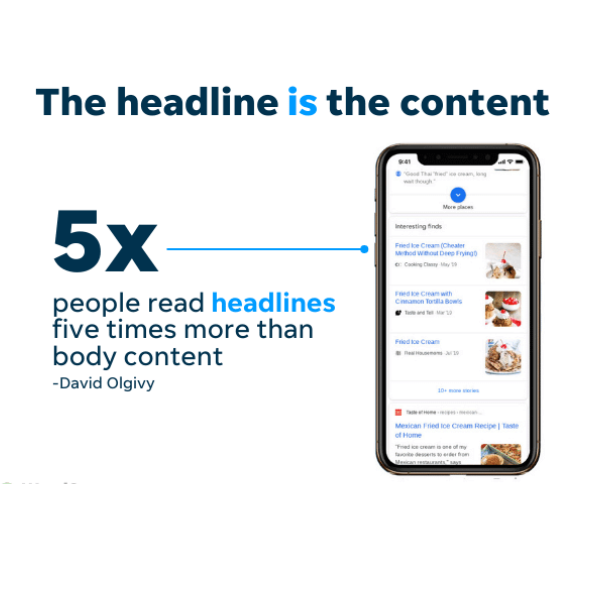
Strategic Implementation of Keywords in Content

Incorporating Keywords into On-Page SEO Elements
We understand that the strategic placement of keywords within on-page SEO elements is essential for enhancing a website’s visibility in search engine results. Keywords should be seamlessly integrated into various components of your website, including the content, meta tags, and headings, to signal relevance to search engines.
To achieve this, we recommend the following steps:
- Optimize Meta Tags: Ensure that your title tags and meta descriptions include your primary keywords, as these elements are critical for both search engine algorithms and user click-through rates.
- Headings and Content: Place keywords in your H1, H2, and H3 tags, as well as throughout the body of your content, particularly in the introduction, subheadings, and conclusion. However, it’s imperative to maintain a natural flow and avoid keyword stuffing.
- Image Optimization: Use keywords in the alt text of images to improve their discoverability in image searches.
It’s important to remember that SEO involves not only keyword research and on-page optimization but also building quality backlinks from trustworthy sites. These backlinks are crucial for ranking on Google and should be a part of your comprehensive SEO strategy.
Balancing Keyword Usage with Natural Language
In our pursuit of optimizing content for search engines, we must never lose sight of the reader’s experience. Striking the right balance between keyword usage and natural language is crucial to our success. Overusing keywords can disrupt the flow of the text and may even incur penalties for keyword stuffing. Instead, we aim to integrate keywords seamlessly, ensuring they enhance rather than detract from the content’s value.
To achieve this, we follow a set of best practices:
- Include target keywords in key content areas such as the introduction, subheadings, and conclusion.
- Use variations of the main keyword to maintain a natural tone.
- Avoid excessive repetition by employing synonyms and related terms.
- Ensure that the content remains informative and engaging, with keywords serving to support the narrative.
By adhering to these principles, we not only cater to search algorithms but also respect our readers’ desire for quality content. Remember, the ultimate goal is to provide a satisfying user experience, which in turn leads to better search engine performance.
Monitoring and Adjusting Keyword Strategy Over Time
As we navigate the ever-evolving landscape of SEO, we understand that our keyword strategy must be dynamic and responsive to the changing tides of search engine algorithms and user behavior. We must vigilantly monitor the performance of our chosen keywords, adapting our approach as necessary to maintain and improve our search rankings.
To ensure our SEO campaigns remain vital for website traffic, we employ a systematic approach to keyword monitoring. This includes regular content updates, comprehensive website audits, in-depth competitor analysis, strategic link building, and meticulous reporting. Each element plays a crucial role in the overarching success of our SEO efforts.
Our toolkit is replete with advanced software solutions that scan and analyze keyword performance, offering insights that are both timely and accurate. By leveraging these tools, we can make data-driven decisions, prioritizing keywords that promise the highest return on investment. The table below illustrates a simplified version of our keyword monitoring process:
| Step | Action | Frequency |
|---|---|---|
| 1 | Track keyword rankings | Weekly |
| 2 | Analyze traffic and conversions | Monthly |
| 3 | Review competitor strategies | Quarterly |
| 4 | Update content and SEO elements | As needed |
Through this structured approach, we ensure that our keyword strategy is not only robust but also adaptable, ready to meet the challenges of tomorrow’s SEO landscape.
Advanced Techniques in Keyword Analysis

Leveraging SEO Tools for Keyword Discovery
In our quest to master how to do seo keyword research, we’ve come to rely on a variety of SEO tools that streamline the process of uncovering valuable keywords. These tools are indispensable for identifying opportunities and refining our strategies. For instance, the Ahrefs Keyword Explorer has proven to be a pivotal resource in our arsenal. Below are a few keyword research tools that stands out in the SEO industry.
| Best for | Stand-out feature | Free plan | |
|---|---|---|---|
| Moz Keyword Explorer | An all-around solution | “Priority” score for determining valuable keywords | 10 queries per tool per month, with 1,000 keyword suggestions and 10 SERP analyses per query |
| Google Keyword Planner | Keyword search volume and other PPC data | Identifying money-keywords | Completely free (but you get more out of it if you use Google Ads) |
| Ahrefs Keyword Explorer | Advanced SEO professionals | Includes keyword research for YouTube, Amazon, and Bing. | Free Keyword Generator with up to 150 keyword suggestions; Keyword Difficulty Checker with difficulty score and SERP analysis for the top 10 results |
| Semrush Toolkit | Advanced SEO professionals | Granular keyword data | 10 Analytics reports per day, 10 tracked keywords |
Analyzing Keyword Competitiveness and Search Volume
In our pursuit of SEO excellence, we recognize that understanding the competitive landscape is crucial. We analyze keyword competitiveness to gauge the difficulty of ranking for specific terms. This involves assessing factors such as search volume, which reflects the average monthly searches for a keyword, and competition level, indicating how many other entities are vying for top positions with the same term.
To illustrate, consider the following table which encapsulates the essence of our analysis:
| Keyword | Search Volume | Competition Level | Relevance |
|---|---|---|---|
| Keyword1 | High | High | High |
| Keyword2 | Medium | Medium | High |
| Keyword3 | Low | Low | Medium |
By strategically selecting keywords that balance high relevance with manageable competition, we position ourselves to capture significant traffic without engaging in an uphill battle against established competitors. It’s a delicate equilibrium between ambition and practicality, one that we navigate with precision.
Our approach is informed by SEO competitor analysis, a cornerstone of our methodology. It provides insights into competitors’ strategies, revealing untapped opportunities and enhancing our understanding of the market. This knowledge is instrumental in staying ahead in SEO trends and ensuring our content resonates with our audience’s search intent.
Integrating Long-Tail Keywords for Niche Targeting
In our pursuit of excellence in SEO, we recognize the power of long-tail keywords for niche targeting. These phrases, often more detailed and specific, cater to the precise needs and queries of our audience. By focusing on long-tail keywords, we can achieve higher conversion rates and attract visitors who are actively seeking what we offer, such as “gluten-free chocolate cake near me”.
The integration of long-tail keywords into our strategy should be done with care. We must ensure that these keywords reflect the specific topics, interests, and pain points of our target audience. For instance, a keyword like “emergency dentist open on weekends in [city]” can drive more traffic to a dental clinic’s website by addressing a direct need.
To effectively prioritize our long-tail keyword selection, we consider the following criteria:
- Relevance: Keywords must align closely with our content and offerings.
- Search volume: We aim for keywords frequently used in searches, yet not so competitive.
- Difficulty: We choose keywords that are relatively easier to rank for, ensuring a quicker path to visibility.
By targeting longer tail keywords in moderation and understanding different industry’s niche thoroughly, we can enhance our SEO efforts and outperform competitors who may overlook these valuable phrases.
Maximizing Visibility and Outranking Competitors

Crafting Keyword-Rich Content to Meet User Intent
We understand the importance of aligning content with the search intent of our audience. This alignment not only satisfies the user’s quest for information but also signals to search engines the relevance and value of our content. To achieve this, we first identify the various types of search intent: informational, navigational, transactional, or commercial.
Once the intent is clear, we craft content that directly addresses the user’s needs. For instance, if the intent is informational, we provide comprehensive guides or answers to questions. For transactional queries, we ensure that product information and purchasing options are easily accessible. Here’s a simple list to guide our approach:
- Informational: Educate with in-depth articles, FAQs, or tutorials.
- Navigational: Optimize for brand or feature-specific searches.
- Transactional: Highlight product benefits and include clear calls to action.
- Commercial: Offer comparisons and reviews to assist in purchasing decisions.
By meticulously tailoring our content to these intents, we not only enhance the user experience but also bolster our SEO efforts, leading to improved search rankings and visibility.
Enhancing Brand Awareness through Higher SERP Rankings
In our quest to enhance brand awareness, we recognize the pivotal role that higher Search Engine Results Page (SERP) rankings play. Achieving a prominent position in search results is not just about visibility; it’s a testament to our brand’s relevance and authority in the eyes of both search engines and potential customers.
To secure these coveted spots, we must diligently apply our keyword research insights. This involves crafting content that resonates with our audience’s needs, strategically placing keywords without compromising the natural flow of information. Here are some essential steps we take:
- Analyze the competitive landscape of the SERPs for our targeted keywords.
- Optimize our website’s content to align with search intent.
- Continuously refine our keyword strategy based on performance data.
Through these efforts, we aim to not only climb the SERP ladder but also to foster a deeper connection with our audience. The end goal is a harmonious balance where increased traffic leads to more conversions, and our brand becomes synonymous with the solutions our audience seeks.
Continuous Research and Adaptation for Sustained Success
In our pursuit of excellence in SEO, we recognize that the landscape of search is ever-evolving. Continuous research and adaptation are paramount for sustained success in outranking competitors. As we refine our strategies, we must remain vigilant, tracking the performance of our chosen keywords and adjusting our approach in response to algorithm updates, competitive movements, and shifts in user behavior.
Our process is cyclical and iterative, involving regular analysis of search volume trends and keyword efficiency. This ongoing monitoring allows us to identify opportunities for optimization and to pivot our strategy when necessary. For instance, we may discover that certain long-tail keywords are gaining traction, signaling a need to adjust our content to capture this emerging interest.
To illustrate the importance of adaptation, consider the following steps in our continuous keyword research cycle:
- Monitor keyword rankings and search volume data.
- Analyze the competitive landscape for shifts and opportunities.
- Update and optimize content to align with current best practices.
- Reassess and refine keyword selection based on performance metrics.
By embracing this dynamic approach, we ensure that our content remains relevant and authoritative, thereby enhancing our brand’s visibility and maintaining our competitive edge in the digital marketplace.
Conclusion: Mastering SEO Keyword Research for Optimal Visibility
In the ever-evolving landscape of SEO, keyword research remains a cornerstone of a successful digital strategy. It is the compass that guides content creators and marketers towards the topics and terms that resonate with their target audience. By understanding the history, importance, and practical steps of keyword research, you can craft content that not only satisfies the curiosity of your readers but also aligns with search engines’ criteria for relevance and quality. Remember, keyword research is not a one-time task but a continuous endeavor to stay ahead of trends and algorithm changes. Implementing the insights gained from thorough keyword research will position your website for better visibility, engagement, and ultimately, conversion. As you refine your approach and adapt to new SEO challenges, your expertise in keyword research will become an invaluable asset in the quest to leapfrog the competition and secure a prominent place in the SERPs.

Ready to reach top conversions?
We know you want to make real money! Get ready to convert customers like crazy. Please do not delay. Contact us today!
Unsure of getting in touch? We don’t bite! If you’d prefer, we invite you to learn more about our Landing Page services. Don’t delay, get ahead of the competition now!
SEO keyword research is the process of researching popular search terms that people type into search engines and strategically incorporating them into content to improve its visibility and ranking on a search engine results page (SERP). It’s a fundamental practice in search engine optimization (SEO).
Keyword research is crucial because it provides insight into the queries and topics your target audience is searching for, allowing you to create relevant content that drives traffic, engages users, and leads to successful conversions. It helps inform your SEO strategies and content creation.
Keyword research has evolved from focusing on keyword density to aligning with search intent. It’s no longer just about how often a keyword appears in content but about creating well-written content that addresses the searcher’s intent. This evolution reflects changes in search engine algorithms that prioritize user experience.
The first steps in conducting SEO keyword research include defining your SEO goals, understanding your audience, and identifying seed keywords related to your niche. You then use keyword research tools to generate a list of related keywords and analyze them for competitiveness and search volume.
To implement keywords into your website’s content, incorporate them strategically into meta tags, headings, on-page elements, and within the content itself. It’s important to balance keyword usage with natural language to ensure content readability and relevance to the audience’s search intent.
Yes, effective keyword research can significantly impact your brand’s visibility and SERP rankings. By understanding and targeting the right keywords, you can optimize your content to match user intent, driving more traffic to your site and potentially outperforming your competitors in search rankings.

